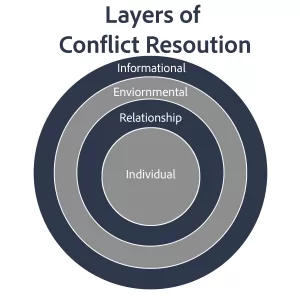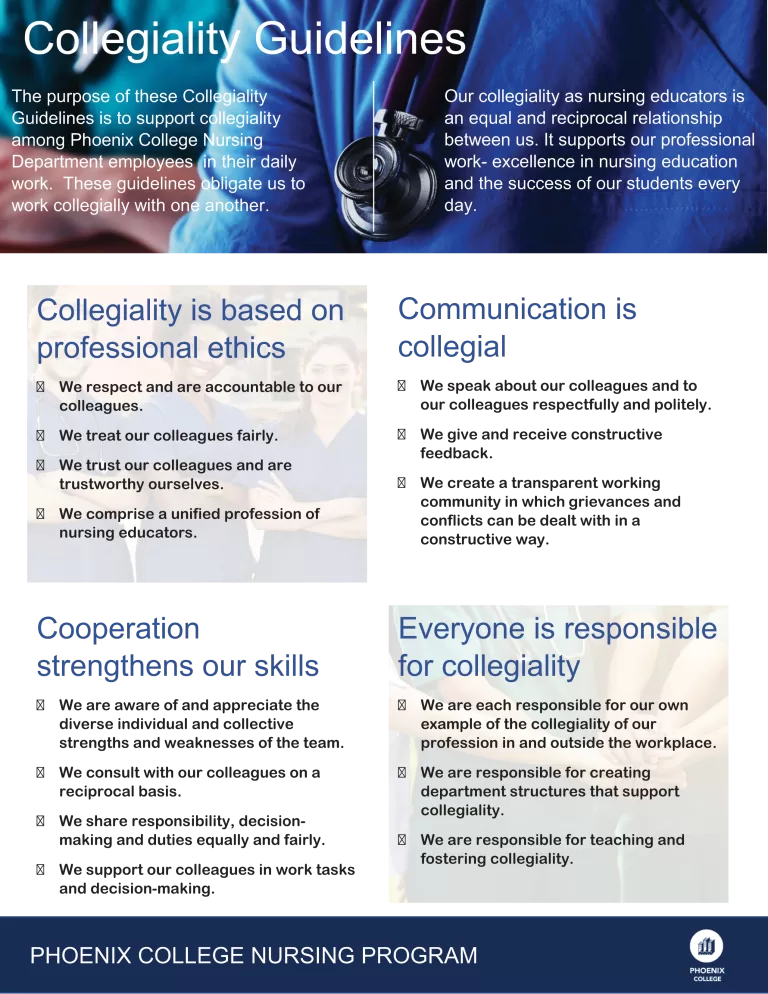Turning Disagreement into Growth and Trust
Conflict isn’t a sign that a team is broken — it’s a sign that people care. When managed well, disagreement fuels creativity, trust, and better decisions. When avoided or mishandled, it erodes relationships and commitment.
At Inspired Engagement, we define productive conflict as an open exchange of differing ideas in which everyone feels heard, respected, and unafraid to voice dissent for the sake of progress. It’s not personal or negative — it’s constructive, sometimes uncomfortable, and always essential for growth.
Why Productive Conflict Matters
The best teams don’t avoid disagreement; they embrace it. They know that silence and artificial harmony are far more dangerous than spirited debate. Conflict, when grounded in trust, brings issues to light before they become roadblocks.
Research shows that healthy conflict leads to:
- Earlier problem identification
- Stronger relationships and morale
- Better problem-solving and innovation
- Personal growth and insight
When teams treat conflict as information rather than attack, they learn faster and act smarter.
Understanding the Layers of Conflict Resolution
In our workshops, we use the Conflict Resolution Layers model to help teams locate the real barriers that keep discussions from being productive
- Informational – Are we missing key facts or perspectives?
- Environmental – Is something about time, setting, or stress influencing the tone?
- Relationship – Are past experiences or dynamics clouding the current issue?
- Individual – Are personal triggers, values, or emotions involved?
Recognizing which layer is active helps teams move past frustration and back to collaboration.

Frameworks That Help
We often use tools like Everything DiSC® Productive Conflict, CliftonStrengths®, and Interest-Based Dialogue to help individuals understand both their triggers and their teammates’ intentions.
One practical framework is the CPR Model:
- Content – The immediate issue or behavior.
- Pattern – The recurring trend or repeated behavior.
- Relationship – The trust or respect that may have been damaged.
Asking “Which of these levels are we really talking about?” often shifts a conversation from blame to clarity.
Case Study: Phoenix College Nursing Department
When the Phoenix College Nursing Department faced growing tension and communication breakdowns, they partnered with Inspired Engagement to rebuild collaboration.
Using CliftonStrengths®, Appreciative Inquiry and Interest-Based Dialogue, faculty and staff explored what was already working well, shared stories of effective teamwork, and co-created Collegiality Guidelines that now hang in the department.
The result? A department that went from avoidance and frustration to trust and shared responsibility. Their poster — “Respectful and Supportive Collegial Relationships” — is both a daily reminder and a proud artifact of how productive conflict strengthens culture.

Facilitating Productive Conflict
Managers and facilitators can encourage healthy debate by asking:
- What outcome do we really want for the team?
- How can we make it safe to disagree?
- What assumptions might we need to test?
- Where can we find shared interests rather than fixed positions?
- What commitments can we make to move forward?
Encourage teams to write individual personal commitments — one small behavior they’ll practice to build trust during disagreement.
Take Action
Ready to turn conflict into growth?
Download the Inspired Engagement Productive Conflict Worksheet – a tool to help your team move from tension to trust.
If your organization could benefit from a structured, strengths-based approach to handling conflict, schedule a consultation with Scott Geddis today.

